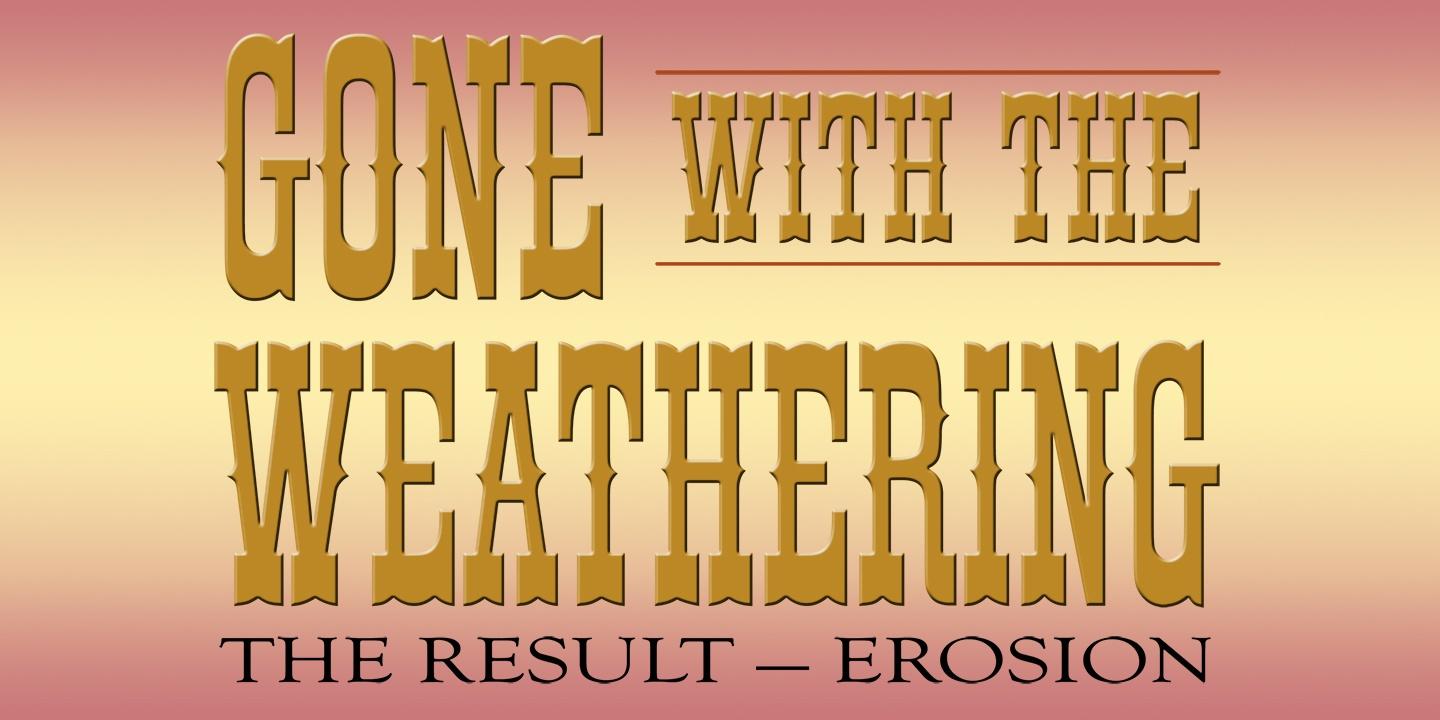
Gone With the Weathering: The Result — Erosion
Did you ever wonder why the Cuyahoga River is so crooked, the Rocky Mountains are so high or the road by your house gets so bumpy? The lessons in this guide and the accompanying videos will help you discover how majestic mountains, crooked rivers and bumpy roads are formed. This teacher guide is divided into three sections: slow weathering, fast weathering and the redepositing of sediments. In each section, the desert is used as an example of the results of weathering and erosion.
Part 1: Slow Weathering
Specific to this unit are lesson plans on icebergs and glaciers and their effect on the earth. Additional lesson plans help students to identify landforms and understand what created them. A special section offers instruction on slow erosion forces in desert areas.
Part 2: Fast Weathering
This unit begins with a lesson that introduces all the rapid processes and is followed by hands-on lessons on earthquakes, volcanoes, tsunamis and floods. It also includes a special concentration on how these rapid forces affect the desert regions.
Part 3: What’s Left Behind: Redepositing
This unit begins with a PowerPoint lesson that explains what redepositing is. Using maps of the continental United States, the lessons ask students to locate various redepositing landmarks. Students also work in pairs to make a book about canyons, sandbars, deltas, caves and other natural formations created through redepositing. A special concentration of the desert and what landforms are found there along with a story-writing activity finish the unit.
Educational Resources
Produced: 2012
Subject Area: Science
Grade Level: 4
Resources: Gone With the Weathering Teacher Guide
Student Videos
Specific to this unit are lesson plans on icebergs and glaciers and their effect on the earth. Additional lesson plans help students to identify landforms and understand what created them. A special section offers instruction on slow erosion forces in desert areas.
This unit begins with a lesson that introduces all the rapid processes and is followed by hands-on lessons on earthquakes, volcanoes, tsunamis and floods. It also includes a special concentration on how these rapid forces affect the desert regions.
Using maps of the continental United States, the lessons ask students to locate various redepositing landmarks. Students also work in pairs to make a book about canyons, sandbars, deltas, caves and other natural formations created through redepositing. A special concentration of the desert and what landforms are found there along with a story-writing activity finish the unit.